How to Check if My TV is 8-Bit or 10-Bit?
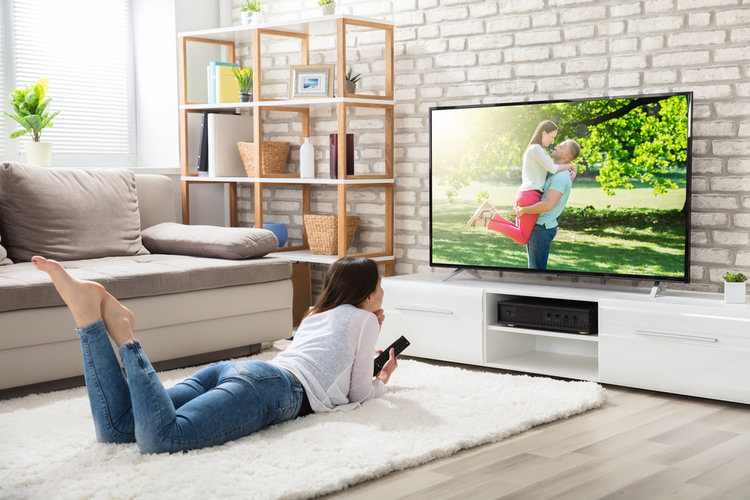
What To Know
- Check your TV’s manual or product specs for color depth; if unspecified, it’s likely 8-bit, as manufacturers often highlight 10-bit panels.
- HDR indicates likely 10-bit depth, but some 8-bit TVs simulate this; for a practical test, use Netflix’s “Test Patterns” in the article and look for banding.
- Reputable brands like LG and Samsung typically disclose panel bit-depth, but the provided testing methods apply to them if needed.
Are you curious about your TV’s color quality?
In just a few simple steps, you’ll discover how to check if your TV is 8-bit or 10-bit, ensuring your screen shows off every hue it’s capable of.
Quick Navigation
Is My TV 8-Bit or 10-Bit?

There are quite a few veritable ways to learn or get an idea of your television’s color depth profile information. The following are some of the most common ways.
Read the manual. If the tech specs or product manual mentions the TV uses a 10-bit panel, it most likely does.
If there’s no such mention, you may safely assume the TV uses a standard 8-bit panel because there’s just no reason for a TV manufacturer to not brag about a positive product trait when it could.
But then there’s always the possibility of oversight or companies forgetting to include the information in their marketing materials.
HDR is a key indicator. If your TV has HDR, it’s likely a 10-bit panel.
But because HDR is more than just color, your HDR television may be an 8-bit device too.
Although true HDR is either 10-bit or 12-bit (the latter being very rare), it’s not uncommon to see some brands passing TVs with 8-bit panels as HDR-ready.
These TVs may employ dithering to make the display look more like a 10-bit screen.
And because the processing does an excellent job of making an 8-bit panel look and perform like a 10-bit screen, the industry-wide practice of marketing a TV with an 8-bit display as an HDR set is quite prevalent.
Do a video test. Play this Netflix display test video to check if your TV’s screen is 8 or 10 bits. Search for “Test Patterns” in Netflix’s built-in search to pull up the tape.
If you see any banding in the grayscale strip at the top, your TV screen is not 8-bit. If the transition is pretty smooth or not choppy, your TV is likely using a 10-bit panel.
Because the above test is not scientific, do not draw conclusions based on it.
Contact customer support or visit the brand website. If the provided materials and information online don’t offer any concrete information about your TV panel’s color profile, get in touch with support.
People working at the company are very likely to know whether a specific model their brand sells has a 10-bit or 8-bit panel.
Even if they cannot provide the deets off the top of their heads, they’re likely a few mouse clicks away to material that’ll spell out that specific information.
A high-end smart TV most likely uses a 10-bit panel. It’s hard to put a price on “high-end.”
But if the TV you bought is among the most expensive models the particular brand has to offer, it can be considered the manufacturer’s top-of-the-line offering.
The model would most likely use a 10-bit panel as 10 bits in a display is a premium feature.
Is My LG or Samsung TV 8 or 10 Bits?
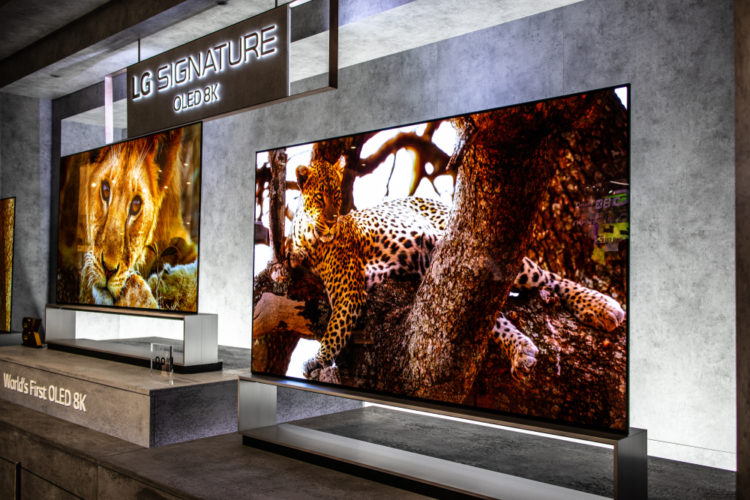
Unlike some no-name or obscure brands, reputed manufacturers like Samsung and LG are usually a bit more upfront and clearer with the specifications of their devices.
If you bought a Samsung or LG TV, the model’s marketing material should have mentioned the TV’s display tech. The material is usually that thorough.
Even if you were not explicitly looking for that information, you would have inadvertently stumbled upon it while scanning the manual.
If a Samsung, Sony, or LG communicates through their marketing material that their TVs have 10-bit panels, you can take their word for it.
There’s no real need to carry out an “investigation” per se to prove or refute that claim.
And if there’s no mention of a 10-bit display in their materials, you can assume the panel used is an 8-bit one.
But if you’d still like to do some testing, the above methods to test a TV screen’s color depth applies to LG and Samsung televisions too.
If you’re wondering which Samsung or LG TVs have 10-bit panels, there are just too many to list them all here.
Does It Matter If My TV is 8-Bit or 10-Bit?
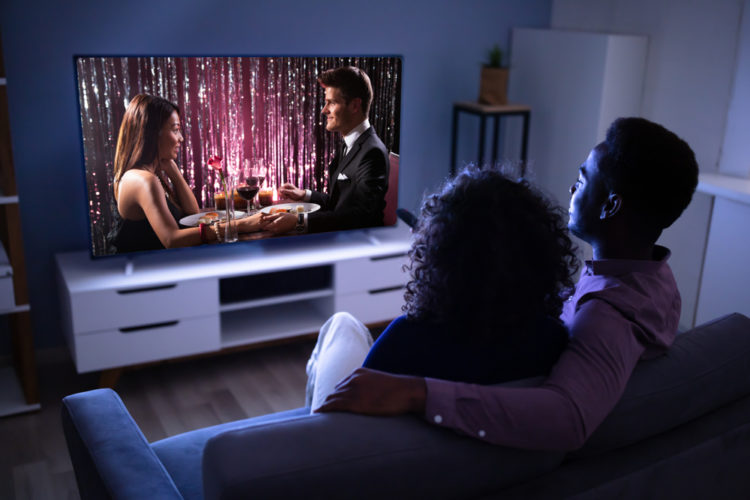
Whether your TV is 8-bit or 10-bit matters only when viewing HDR content, as high-dynamic-range videos are stored with a color depth of 10 bits.
The 10 bits help encode the RGB (red, green, and blue) color elements for every pixel in the picture.
HDR is all about boosting colors and making visuals brighter and with more contrast than usual. The 1.07 billion colors 10-bit offers serve HDR better than 8-bit, which supports a maximum of only 16.8 million hues.
No Color Banding
A 10-bit color panel also means no color banding artifacts.
The visuals have a much smoother appearance, particularly when viewing a shot of a blank wall, open sky, or any large expanse with a singular color.
The color of the same visuals would have a coarser, raggedy look on an 8-bit screen.
TVs are Getting Bigger
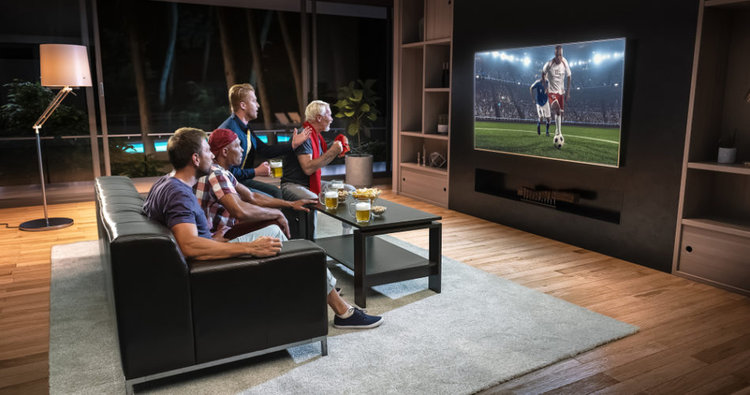
Because the average TV is no longer a 32 or even 40-inch screen, the color depth of the panel has never been a critical element as it is now.
On smaller TVs, 8-bit panels looked pretty fine because people did not sit close enough to discern any irregularities.
Modern-day televisions are more prominent and pack four times more pixels than their immediate predecessors.
That means people can now be seated much closer to their TV screens and appreciate every inch of the display.
If the TV does employ an 8-bit panel, the lack of punch in the colors may still not be glaringly obvious.
But if the person has seen a 10-bit panel up-close before, they’d sense the 8-bit display’s colors are lacking.
And that’s even if there’s no HDR.
Conclusion
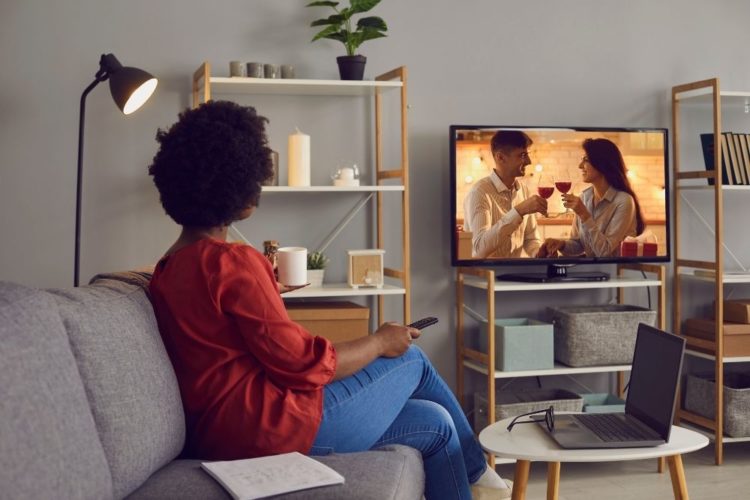
A TV with a 10-bit panel is not markedly superior to a television with an 8-bit panel.
But the 8-bit panel could be a deal-breaker for someone who has enjoyed watching videos on 10-bit boards before, particularly on the more giant screens.
The above measures to detect if your TV’s panel is 8 bits or 10 bits are not foolproof, but they provide you with more than just a hunch.
Until a tool or truly empirical method to learn more about a TV’s display is available for consumers, we’ll have to make do with the above procedures until then.
Catherine Tramell has been covering technology as a freelance writer for over a decade. She has been writing for Pointer Clicker for over a year, further expanding her expertise as a tech columnist. Catherine likes spending time with her family and friends and her pastimes are reading books and news articles.


Are Sony A80J/A83J and LG C2/CS OLED TVs have 120hz/12 bit screens?
Is it true that Samsung QD-OLED has a 14 bit screen?